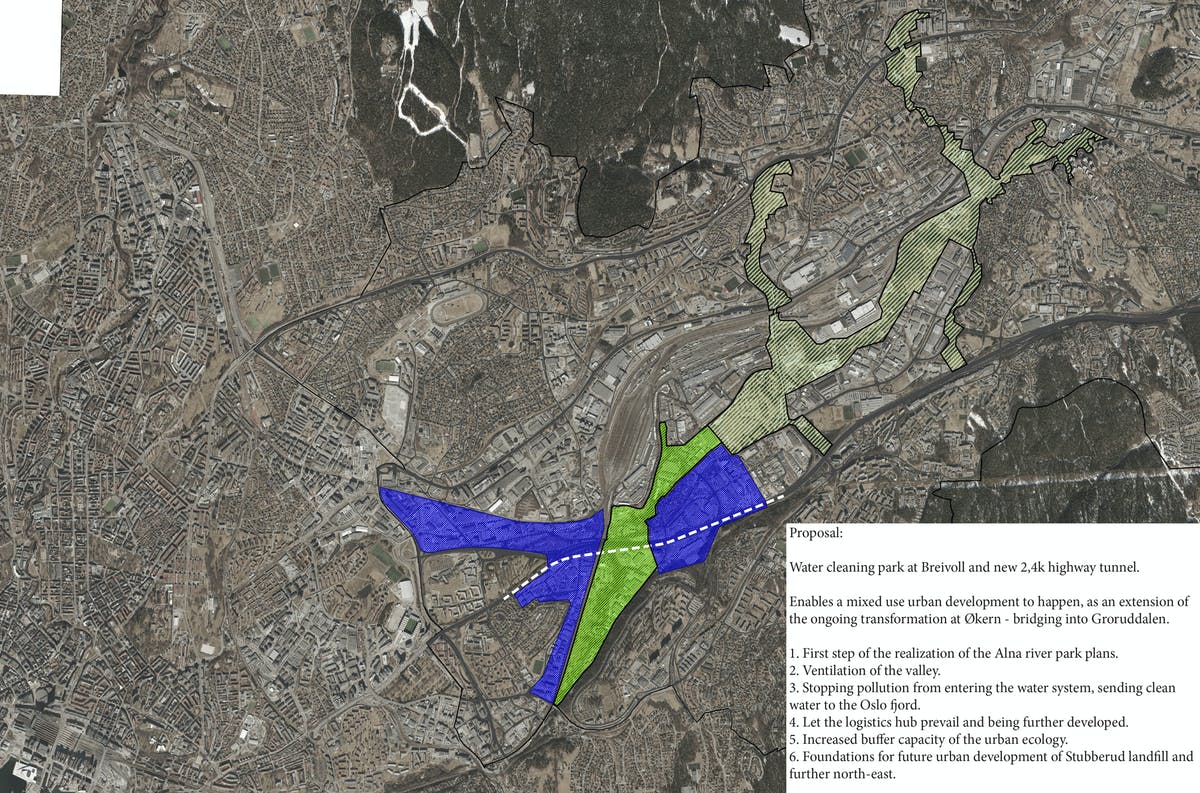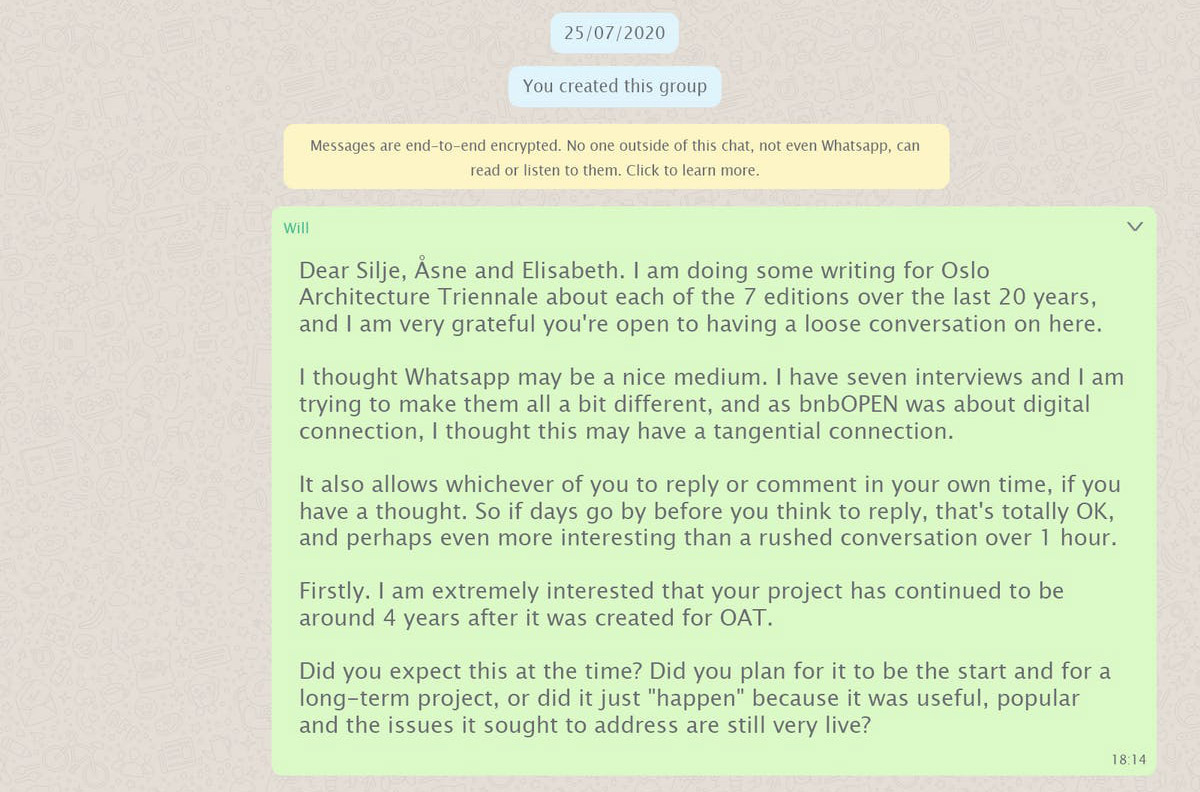Fragments
Interview series in text & video2020
I was invited by Oslo Architecture Triennale to conduct a series of interviews to mark their 20th anniversary. I developed this idea of Fragments, which each looks at an individual, object, piece of research or curatorial position from each of the seven editions of the festival, resulting in a series of pieces presented in words and video.
You can access all seven of the works on the host organisation’s website HERE, and below are a summary of the seven pieces.
2000: After the underground
Two decades ago, Oslo Architecture Triennale launched … underground. I had a conversation with architectural historian Mari Lending, reflecting on her essay from the catalogue “Underground inspirations”, considering what’s changed in Oslo’s architecture, and the discussion of it, over the intervening two decades.Read 2000 HERE.
2003: A cracked shadow
In 2003, an inflatable form appeared in Oslo city centre. Shortly after, it was deflated and disappeared from the city. A playful intervention into what a city is intrigued me, and I wasn’t sure who to interview in order to grapple what the pneumatic building meant at the time, or what it could mean looking back from 2020. Instead, with the seventeen intervening years also framing my own journey from architecture school graduate to architectural writer, I interviewed an imagined version of myself from 2003. Newly commissioned works by emerging Oslo artist Jørgen Herleiksplass Lie, final year MFA student at Oslo’s Kunstakademiet, illustrate this illusory attempt to assign meaning to moments of the past.Read 2003 HERE.

2007: A greater risk?
In 2007 a conversation was held between leading Norwegian architectural thinkers around the theme of the Triennale, risk. In this discussion Ingerid Helsing Almaas revisits her memories of being part of that conversation, and considers what might be the central concerns if it was restaged thirteen years later.Read 2007 HERE.
2010: Groruddalen +10
A strong component of Oslo Architecture Triennale is the exhibition and publication of research, new architectural propositions and fresh ideas for imagining the capital. The theme of 2010, Man Made, focused on innovative and progressive spatial policies with a view towards a more sustainable way of living. This included research of and propositions for the Groruddalen Valley by Geir Nummedal and Anders Hus Folkedal, then recently graduated students, and I invited them to revisit their project, and the valley, a decade later.
Read 2010 HERE.

2013: Like a picnic
Over a lunch of Norwegian food, I enjoyed a conversation with author Carolyn Steel around her research areas at the intersection of food with architecture and urban histories. If food is a trigger to memories, it was hoped that some rye crispbread and gravadlax may lead to a flood of memories form Carolyn’s 2013 presentation at the Triennale’s conference. The conversation floats in and out of these memories, and as a leisurely conversation over lunch should, meanders around numerous subjects including (inevitably, with two political Londoners) Brexit.
2016: Architecture with a conscience
In 2016 two emerging architects and a sociologist joined forces for the project bnbOPEN, a pilot project of a digital platform facilitating private accommodation for asylum seekers in Oslo. In conversation over the Whatsapp app, I asked Silje Klepsvik, Elisabeth Søiland and Åsne Hagen about their approach to ethics and social responsibility in architecture, and how they have taken that forwards with other projects since their opportunity with Oslo Architecture Triennale.Read 2016 HERE.
